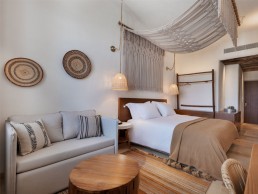
Isrotel Kedma Hotel, Israel
Located in the Sde Boker region of Negev, Israel, the Isrotel Kedma Hotel has been designed by Interior Designer Ruth Arad to provide visitors with an exceptional hospitality experience, embedded into the breath-taking desert landscape. The lighting design scheme was completed by Rama Mendelsohn.
The hotel is comprised of seven Khan Nabati-style buildings, containing 163 guest rooms, shaded seating areas, a pool and a spa, accompanied by fruit trees and vegetation.
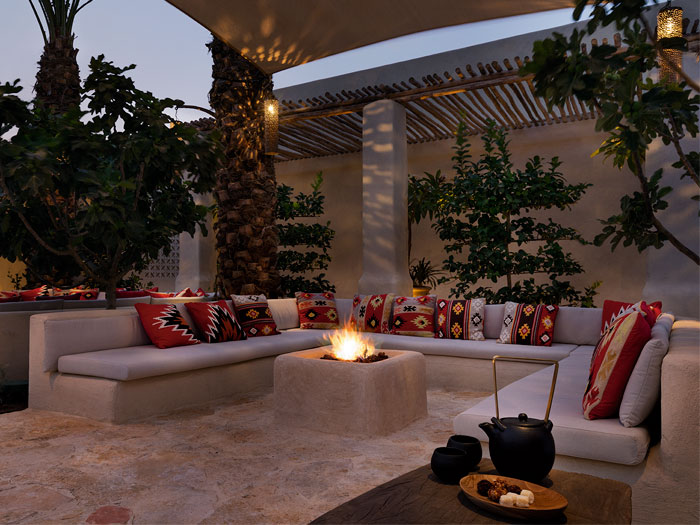
Lighting designer Rama Mendelsohn developed the lighting scheme for the hotel, getting involved after having a pre-existing relationship with the hotel’s project manager. “His vision was for a dimly lit hotel set in the desert,” Mendelsohn tells darc. “The environment would bring the visitor back to the days when people gathered around a campfire and roasted potatoes – back to nature, and to evoke the feeling of laying under the stars at night.”
The lighting scheme was therefore designed to mimic natural light; both the sunlight and moonlight hit the roof, creating varying textures and patterns, with the light and shadows dancing across the floor. On the main exterior axes, the lighting highlights the vegetation and sandals in the aisle ceiling.
Being located in the desert, there was an incredibly strong and bright natural light during the day. This therefore created some challenges for Mendelsohn in finding the right balance for the lighting to maintain the desired ambiance and ensure that the indoor spaces didn’t feel too dark in comparison to the bright outdoor areas during the day.
Mendelsohn continues: “We addressed this by illuminating the entrances of the hotel more than we normally would. Then, as guests move past the entrance, their eye is drawn to the decorative light fixtures, and the light they emit.
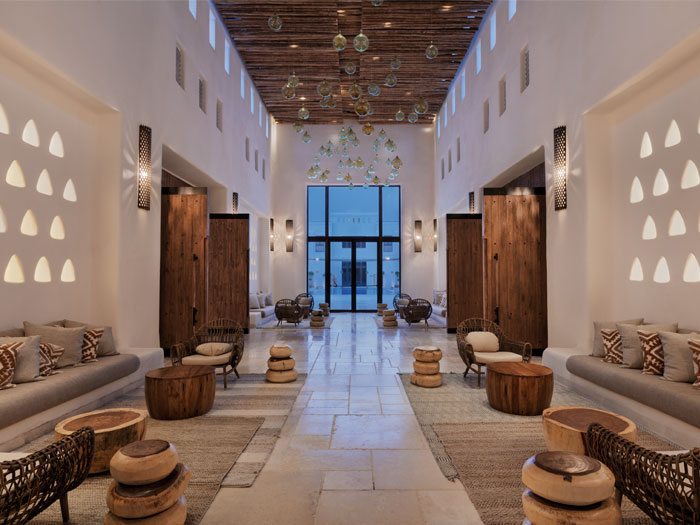
“The light dims a bit as one moves further into the hotel. This gives the eyes of the visitor a chance to adjust to the changes in lighting.”
After dark, the desert sky becomes blanketed with stars. Mendelsohn sought to brought this “wondrous view inside by lining the ceilings with wooden poles and adding small spots of light between the poles, making it seem as though you were looking up at the night sky through a thatched roof.”
To further complement and emphasise this desert backdrop, Mendelsohn utilised warm lighting, while decorative fixtures incorporate natural materials such as ropes and pottery. The colours used also serve to create a dominant contrast between the light and shadow.
“We sought to use as many raw and local materials as possible, such as straw, clay, glass made of sand, etc,” she explains. “Indoors, we pulled inspiration from candles, lanterns and torches – ancient lighting elements. These fixtures were specifically designed for this project; some of the materials we wanted to use were difficult to come by in Israel, therefore we used similar materials and used various techniques to create the look and feel we wanted to achieve.”
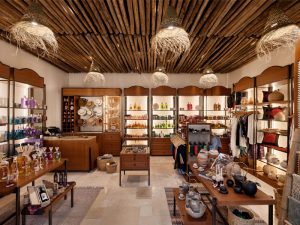
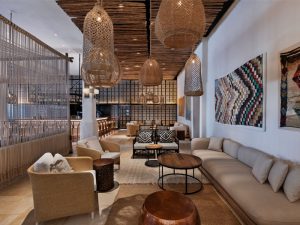
The use of raw materials extended to the exterior lighting scheme too, Mendelsohn continues: “Utilising various natural and raw materials, we were able to capture the movement of light and shadow. This evokes a sense of mystery as you turn the corners and walk down the alleyways located throughout the outdoor spaces.”
Inside, in the entryway, small nooks are illuminated by candlelight-like lighting and, when looking up, the star-like fixtures are affixed into the high ceilings to create the desired feeling of being under a starlit sky. The addition of illuminated mashrab elements continues the play of textures, creating visual interest within the space.
In the guest rooms, the hanging light fixtures are made of natural bamboo, while the clay fixtures on the walls soften the light in the space. A macrame element above the bed is also illuminated, creating an impressive texture on the ceiling.
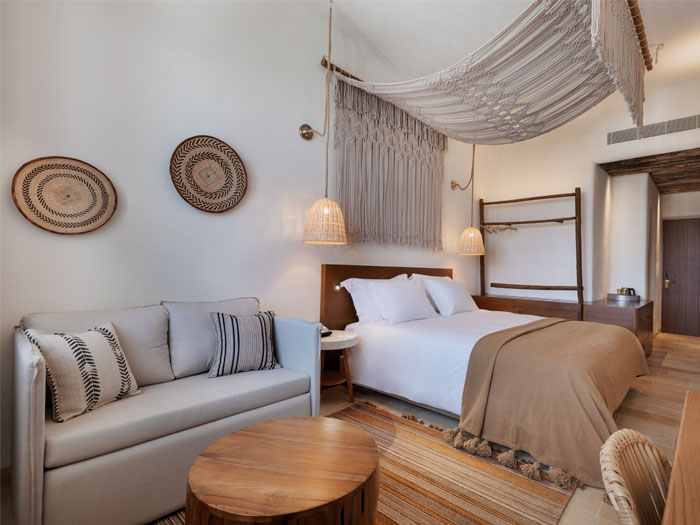
Complementing these rustic, raw materials, the architectural lighting has been designed to amplify the decorative lighting, ensuring that the interior spaces are lit appropriately, relative to the natural lighting in the environment.
Opened in August 2020, the Isrotel Kedma Hotel was completed in the middle of the global Covid-19 pandemic, and this naturally had some knock-on effects on the project itself, particularly when it came to sourcing products and materials. However, this led to an increased connection to the local area, as Mendelsohn explains: “Covid-19 created many challenges, especially with regards to importing lighting fixtures. While this was initially viewed as a difficulty, in the end it allowed us to create new connections with local suppliers and craftsmen.”
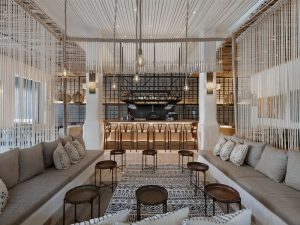
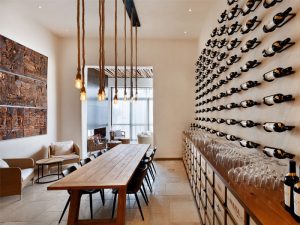
And Mendelsohn concluded that, despite the challenges that the global pandemic presented, this project provided a sense of escape for her, that she was very grateful for. “This was a very large project, both in size and scope, with fascinating spaces to illuminate, each with their own story. On a personal level, this project was a very healing experience for me, as it provided me with a unique, weekly opportunity to decompress out in the beautiful, blooming Israeli desert.
“I’m so grateful to have had the opportunity to work on this project, as I loved everything about it. I wouldn’t have changed a thing.”



